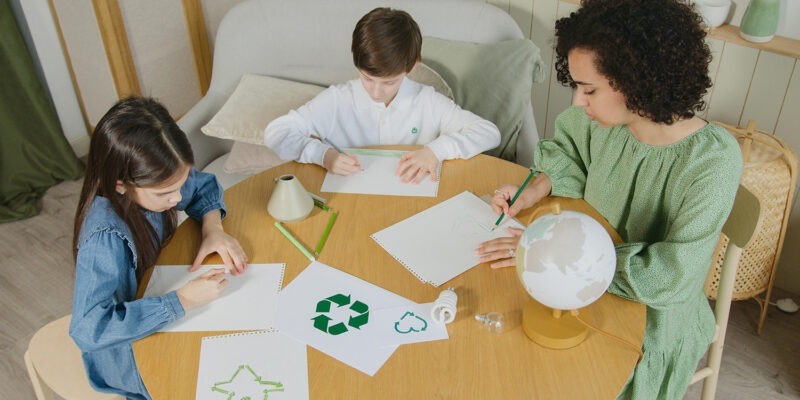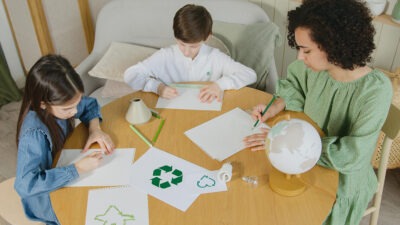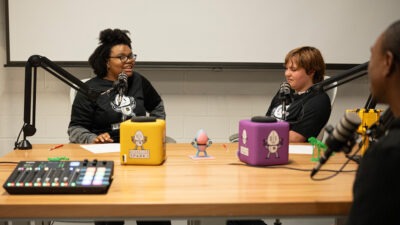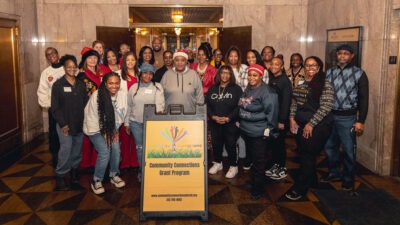Whether you’re a parent, teacher or caregiver, helping young children build a relationship with the environment can start early, when they’re naturally curious and ready to connect with the world around them. By introducing eco-friendly habits at home and in the classroom, adults can nurture responsibility, empathy and community awareness in children.
And teaching sustainability is not just about saving the planet, it can help build critical thinking, compassion and a sense of shared responsibility that children will carry into adulthood.
Here are five ways to help children build eco-friendly habits:
1. Make nature part of everyday learning
Spending time outdoors helps children appreciate the environment on a personal level. Whether it’s a nature walk through the park, or planting seeds or observing insects in the backyard, outdoor exploration strengthens a child’s bond with the earth. Studies from the Children & Nature Network show that regular outdoor learning improves academic performance and fosters environmental stewardship.
2. Teach recycling and reusing through simple activities
Children learn by doing. Show them how to sort recyclables at home, reuse paper for art projects or donate gently used toys. Creating crafts out of recycled materials is also a fun and practical way to teach the value of reducing waste and using resources wisely.
3. Use books, shows and stories to spark eco-awareness
Reading stories about conservation and nature builds empathy and understanding. Books like “The Lorax” by Dr. Seuss and “We Are Water Protectors” by Carole Lindstrom introduce environmental ideas in ways children can relate to. Kid-friendly shows like Nickelodeon’s “Our World” campaign also reinforce these lessons through characters and stories that promote sustainability.
4. Celebrate eco-friendly habits at home and school
Praise small actions that protect the planet. Turning off lights when leaving a room, bringing reusable bags to the store or choosing to bike instead of drive are all habits worth celebrating. Hosting an Earth Month celebration or a neighborhood cleanup with other families can make sustainability exciting and social.
5. Connect sustainability to real-world community projects
Introducing children to local efforts shows them how community action makes a difference. Volunteering at a farmers market, visiting a community garden or participating in a tree planting day are ways parents and teachers can show that caring for the planet is a shared responsibility.
When parents, teachers and caregivers work together to make sustainability part of early education, they help children see themselves as capable changemakers. With the right support, every child can grow up ready to protect and celebrate their communities and the world around them.








Comments